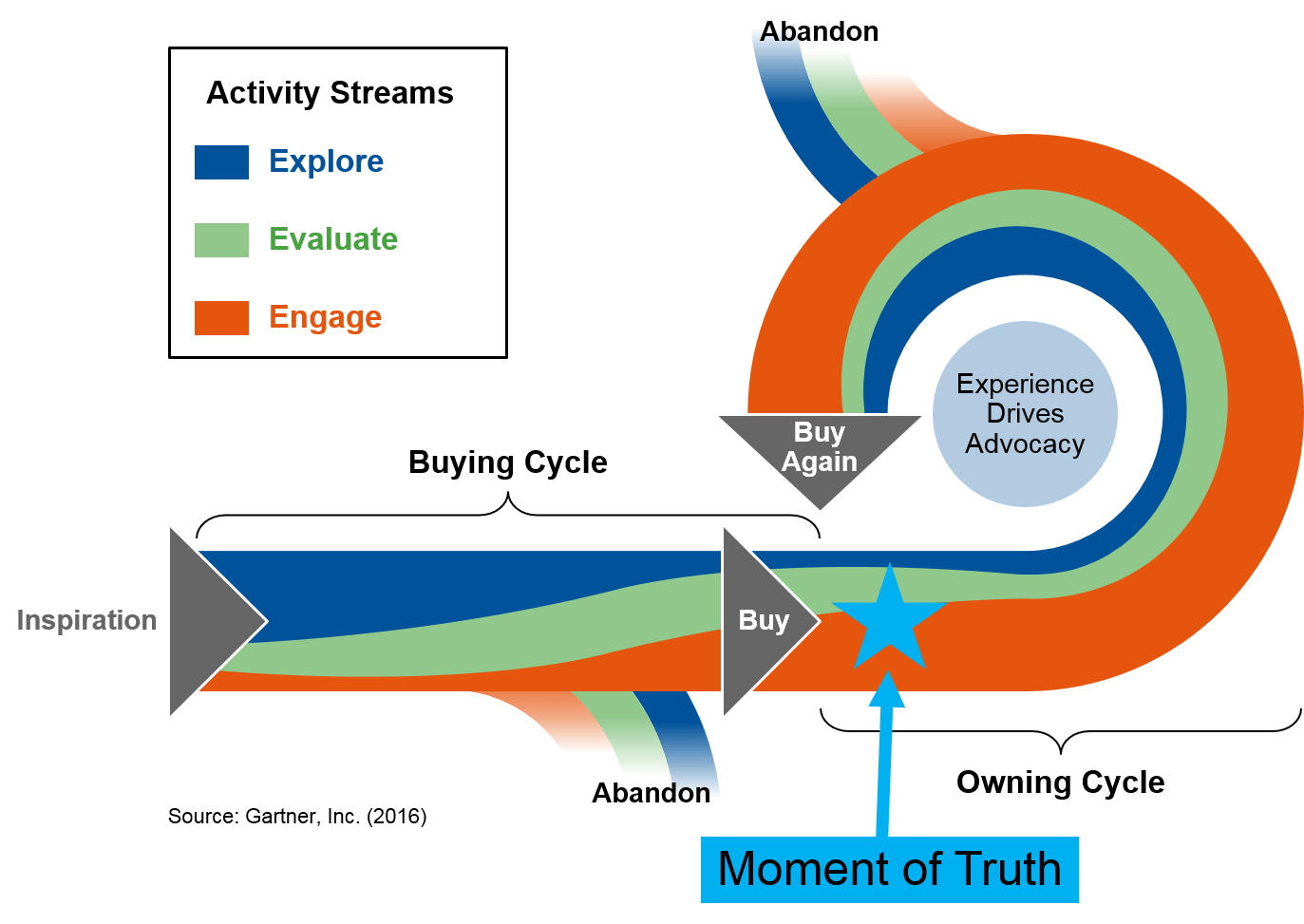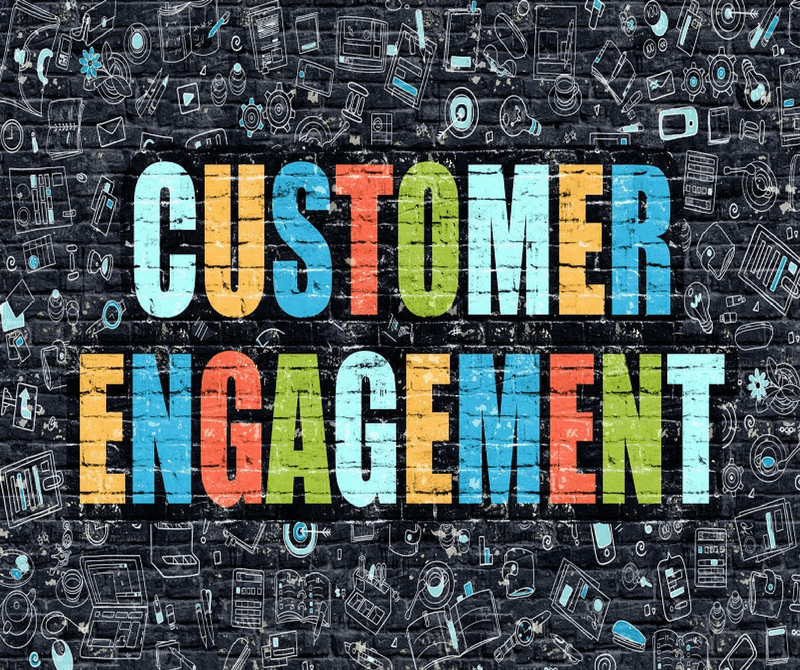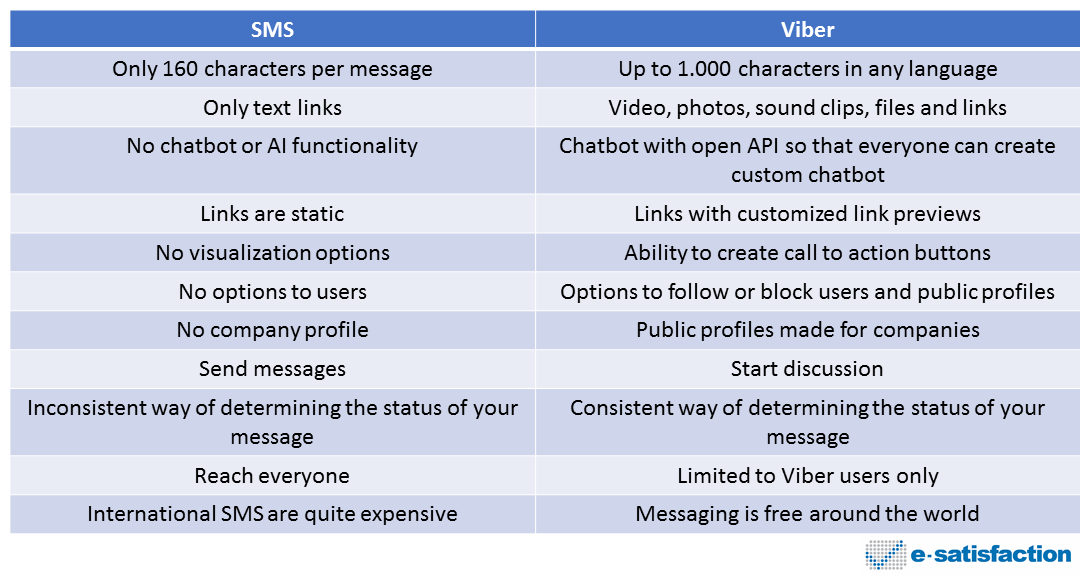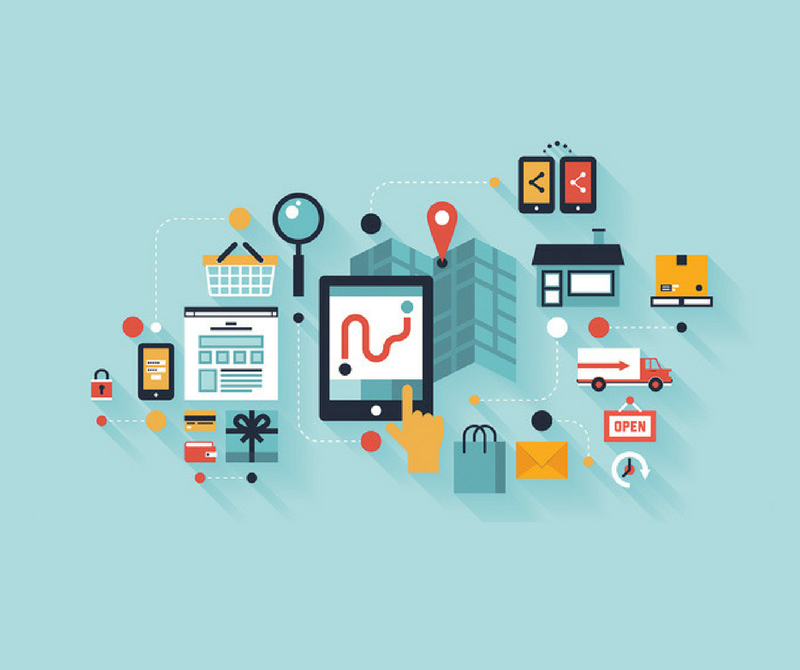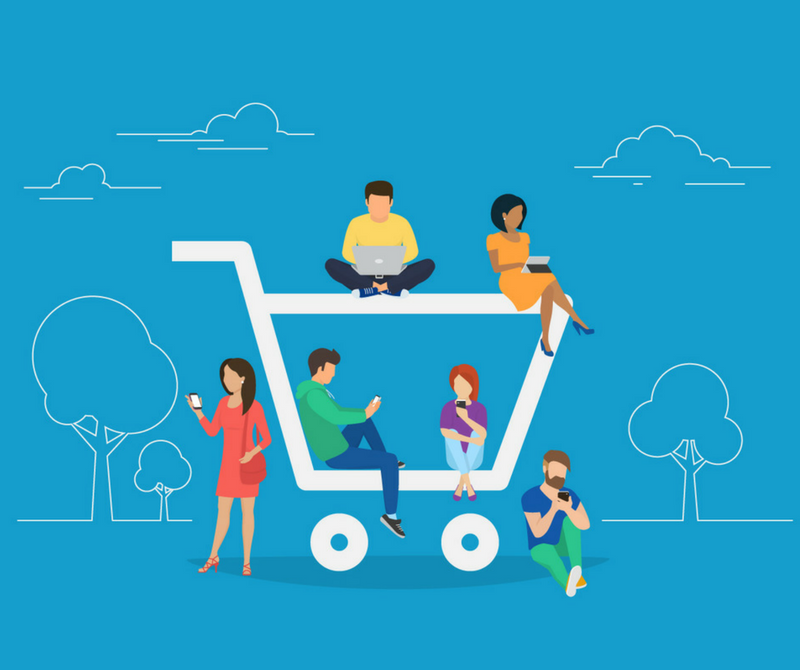Providing an amazing customer experience is really important for any business. It is the secret to customer retention, customer loyalty and paves the path to profitability. Providing excellent or amazing customer experience is a multi-variate riddle that is not at all easy to be dealt.
Providing an amazing customer experience is really important for any business, regardless of the vertical, the product they are selling or the type of customers that is targeted. Amazing customer experience is the secret to customer retention, customer loyalty and paves the path to profitability. Providing excellent or amazing customer experience is a multi-variate riddle that is not at all easy to be dealt. It needs to understand what customers need, analyze issues that disturb their experience while they are consuming, detect patterns of customers and many more.
In this post we provide some initial thoughts on this issue and help you create and excellent customer service!
1) Provide a true omnichannel customer experience
Omnichannel is not just about starting a purchase online and ending offline, it is a much bigger challenge and it is all about options that customers love. When they buy, they want to move across channels, use multiple devices and utilize as many touch points as possible to make the best possible purchase. In this process, they expect a consistent experience in every channel they choose. Channels must be as transparent as possible and communication barriers between online and offline must be brought down, allowing the customer move through these environments, effortlessly.
2) Look at every moment of truth, especially after purchase
During every shopping journey that your customers do to buy from you, there are a number of moments during which a person or a product is tested, a decision is made or a crisis has to be faced. These are the so called moments of truth and they are the best moments to get in touch with your customers. If you follow your customer’s journey, you will see them educating themselves, finding you, registering to your website, ordering, receiving products, using products or services, asking for support and (ideally) returning to buy something else or repeat a purchase from you. In every single one of this moments and the experience of your customers is affected by how good you are during these moments. If you want to amaze them, find these moments and use them to delight them as these are the moments that will build a long lasting relationship.
3) Get personal with your customers
Customers want to feel like they have access to real people with feelings, not robots. Artificial Intelligence and chatbots are a trend but do not forget to be human and engage with customers at a human level, not only through mechanical automated email responses. Respond to customers’ e-mails or messages in a personal way and make sure that your customer service team is easily accessible and always available for them.
Throughout this process you should take full advantage of all the tools that you have at your disposal, i.e. social media, chat services, to reply as soon as possible to their requests and therefore, create trust relations between the customer and the customer service agent.
4) Ask for your customer’s feedback
The more you know about your customers the more likely it is to understand their needs and expectations. Ask for their feedback to better understand your strong and weak components in respect to the customer service provided. Collect this valuable information and plan your optimization strategy to improve customer experience and engage customers across all stages of their journey.
To conclude…
Maybe the most essential thing you should start doing tomorrow is to start viewing customers, instead of transactions. ERP systems, eCommerce platforms and all the tools we use today count how many transactions, not caring about the person behind them. Adding CRM in your strategy and using CRM tools to gather customer information and create customer profiles is the best place to start if you want to invest on a customer centric strategy. By having all customer information in one place you can facilitate communications between your customer service team and your customers but also, between different teams within your organization.
Providing an amazing customer experience is a challenge but it is not a matter of cost. All you have to do is start thinking who are your customers and what are their needs and when you do this, you have made your first step in a successful customer centric, strategy that leads to growth.
